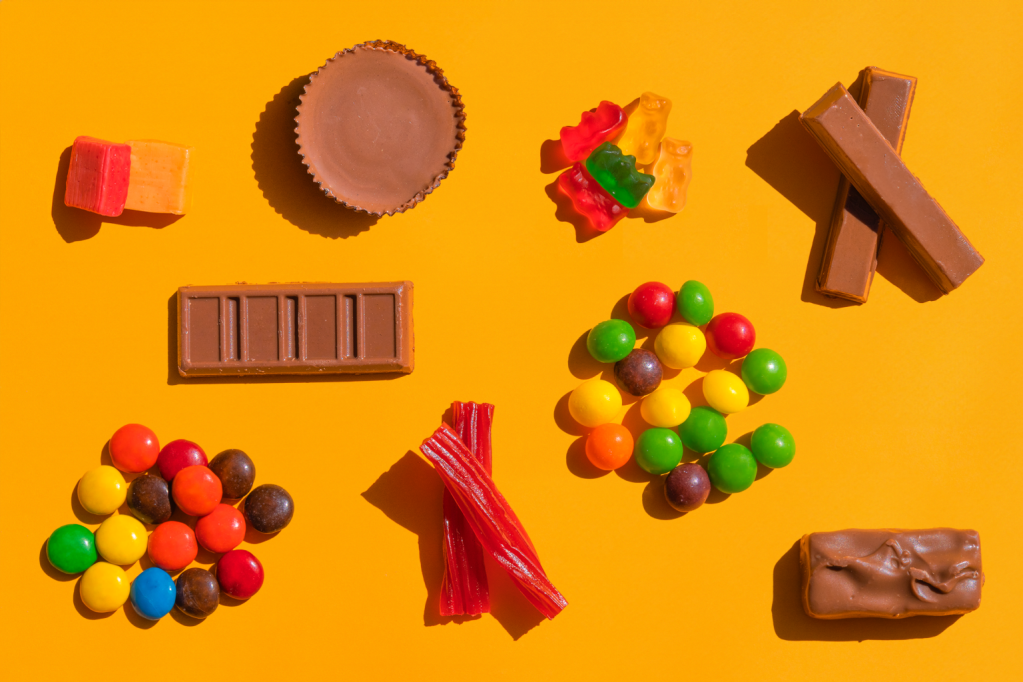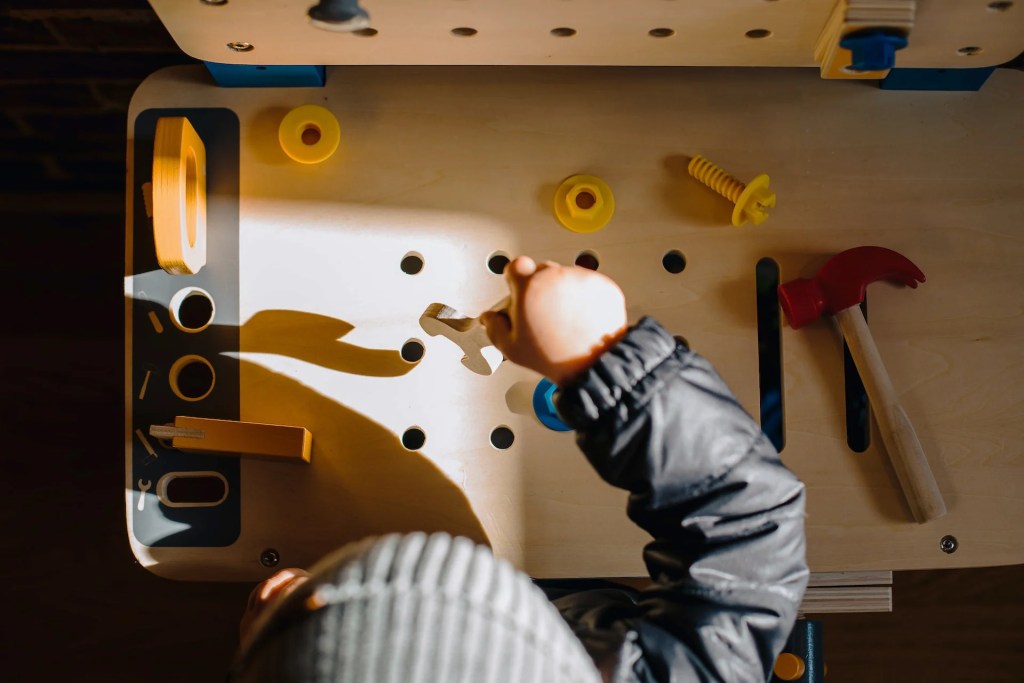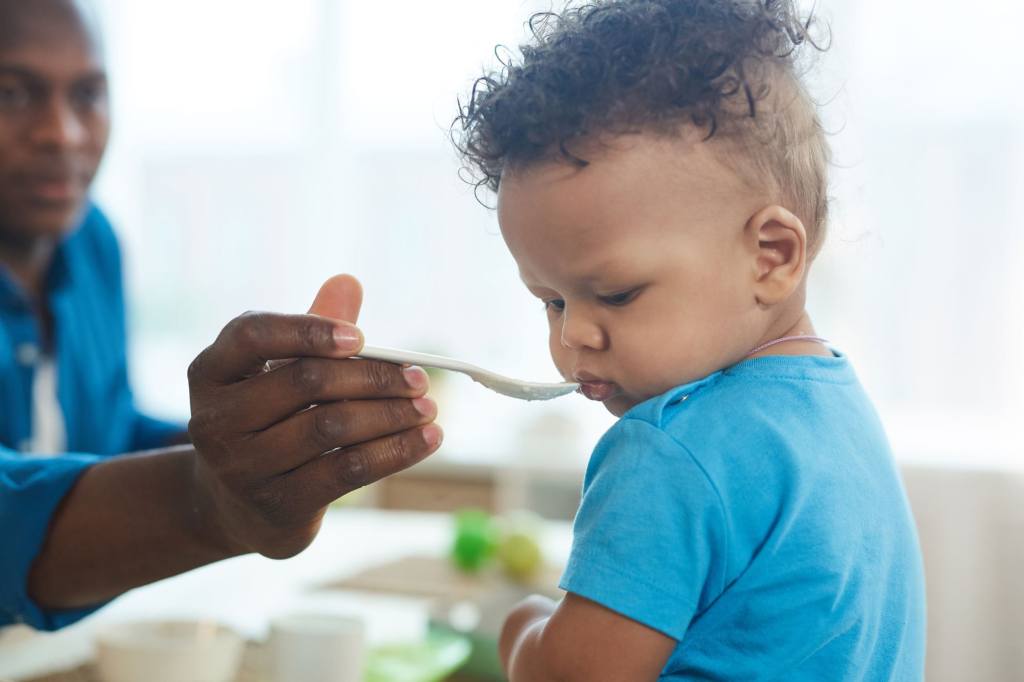What Finger Foods Can I Give My Baby?
Since each baby develops at a different speed, there’s no set age to introduce finger foods. Teeth are not essential because babies typically chew food using their gums. A lot of babies don’t like to be fed, making finger foods a great way to let them be more independent. If your baby prefers to feed itself, let it do so!
We’ve broken down the finger food journey into phases. We’ve also put an asterisk* next to all major allergens.
Here’s What You Need To Know:
- There’s no set age to introduce finger foods because every baby develops at different speeds.
- As you introduce finger foods, keep feeding your baby purees and blends, so they get all the nutrients they need.
- If there is a history of food allergies in your family, talk to your baby’s pediatrician before introducing allergens.
- Start with soft foods that are easy for your baby to grab and swallow.
What Finger Foods Can I Give My Baby?
Since each baby develops at a different speed, there’s no set age to introduce finger foods. Teeth are not essential because babies typically chew food using their gums. A lot of babies don’t like to be fed, making finger foods a great way to let them be more independent. If your baby prefers to feed themselves, let them!
We’ve broken down the finger food journey into phases. We’ve also put an asterisk* next to all major allergens.
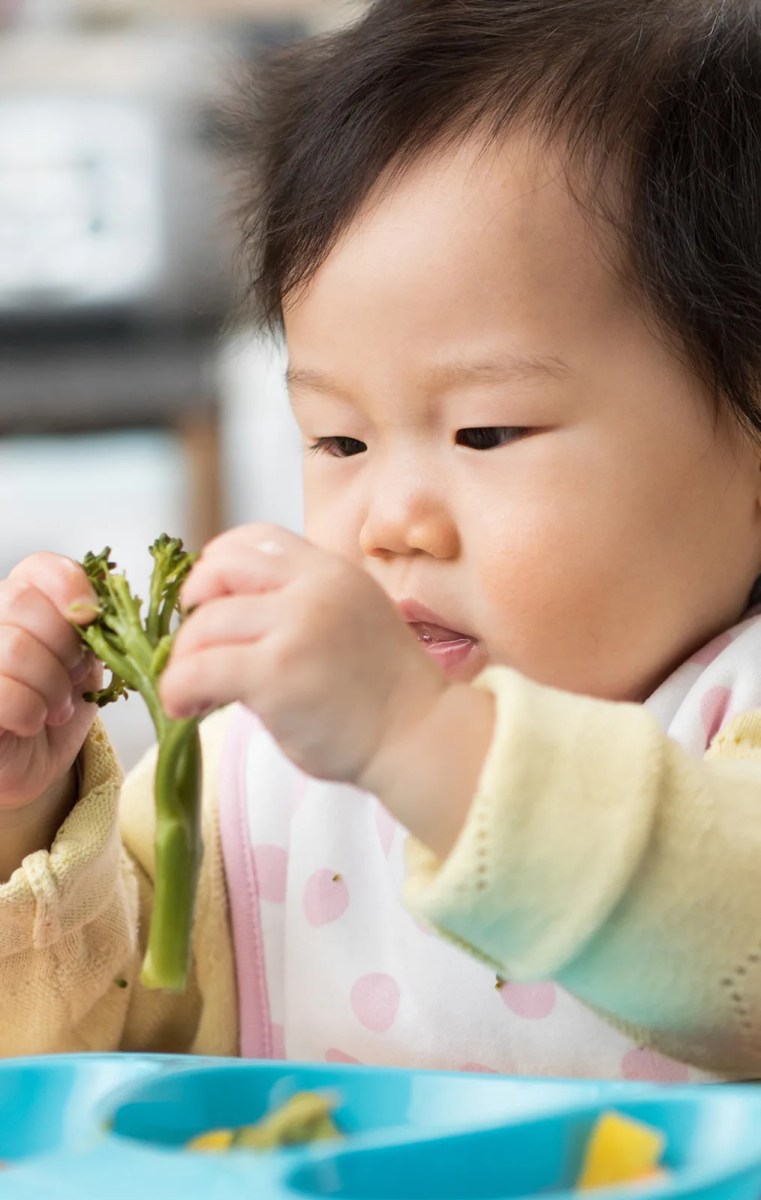
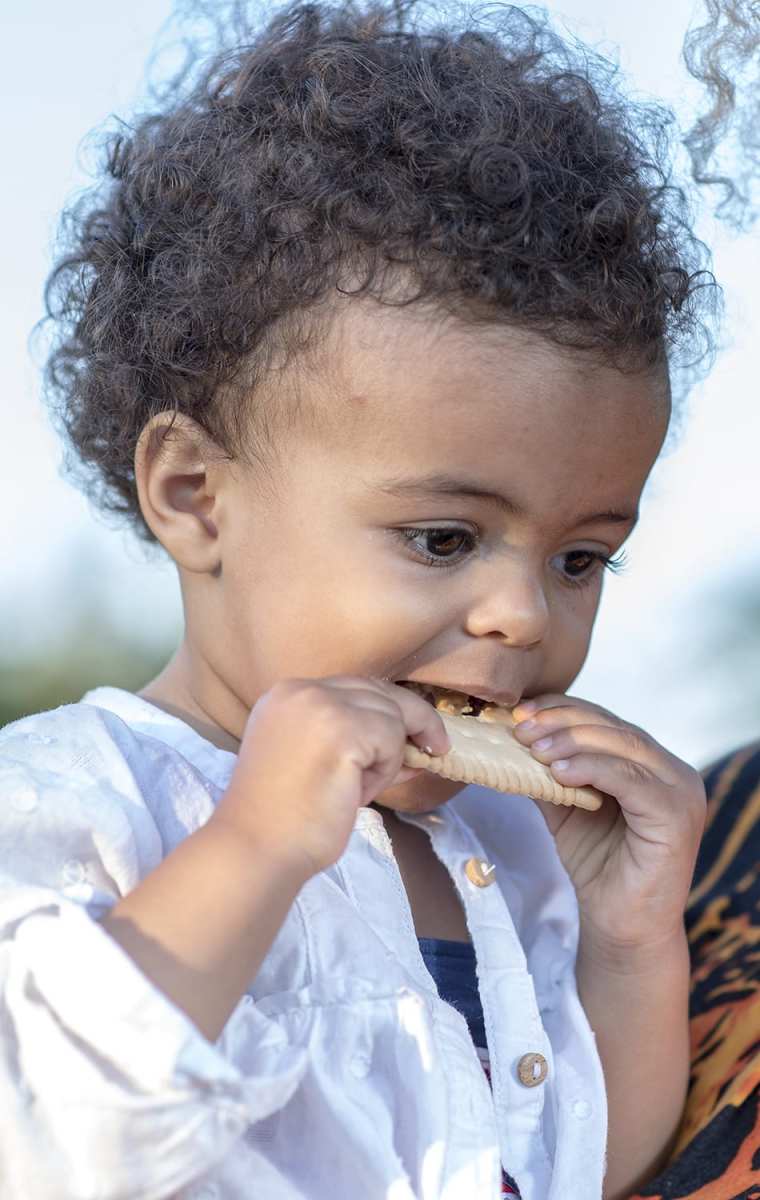


- PHASE 1: Allergens
Current research shows that all major allergens can be introduced as early as 6 months. With that being said, don’t give them all at once. Space them out so you can keep an eye out for any reactions. If there is a history of food allergies in your family, talk to your baby’s pediatrician before introducing allergens.
- PHASE 2: Soft & Mashed
During this phase, your baby is still new to solid foods. They’re eating single-ingredient purees, and are growing curious about your meals. Look for soft foods that are easy for your baby to grab and swallow. The ideal size is between 1/4″ and 1/2″. Avoid anything that requires too much chewing, since they are still getting the hang of it.
Recommendations: mashed avocado, mashed banana, steamed and mashed sweet potato, peeled and steamed summer squash, steamed pear, soft pancakes, yogurt, wheat cereal, and peanut butter*.
- PHASE 3: Getting Adventurous
By this time, your babe has mastered single-ingredient purees and they’re moving on to more textured blends. They’re also experts of their first finger foods. They’re expressing a desire to try new foods, meaning they are growing bored of their current diet. Your babe is now ready for more texture and new flavors.
Recommendations: Steamed vegetables, steamed beans, soft cooked chicken, ground meats, soft muffins, oatmeal, cereal puffs, soft cooked noodles, cubed whole grain toast, crumbled cheeses, steamed fish, and scrambled eggs*.
- PHASE 4: Your Little Foodie
Your babe is really movin’ and groovin’ into the world of solid foods. They’re still eating blends, but they will also try any finger food you offer them.
Recommendations: Veggie fritters, frozen yogurt drops, textured stews, steamed green beans, steamed snap peas, whole milk, tree nut butter, soybeans, soft tofu, and shellfish*.
How to tell my baby is ready for finger foods?
Offer them finger foods at six months and see if they are interested. They should be able to sit upright on their own and be developing their pincer grasp – which is the ability to hold objects between their index finger and thumb. If you notice them chewing their purees, you can let them try some beginner finger foods.

Summary
Remember, at the end of the day, what you feed your baby is up to you. There is no one-size-fits-all formula for every baby.
As a parent, it means that you have to be flexible and do what makes you feel comfortable. Be patient and open.


